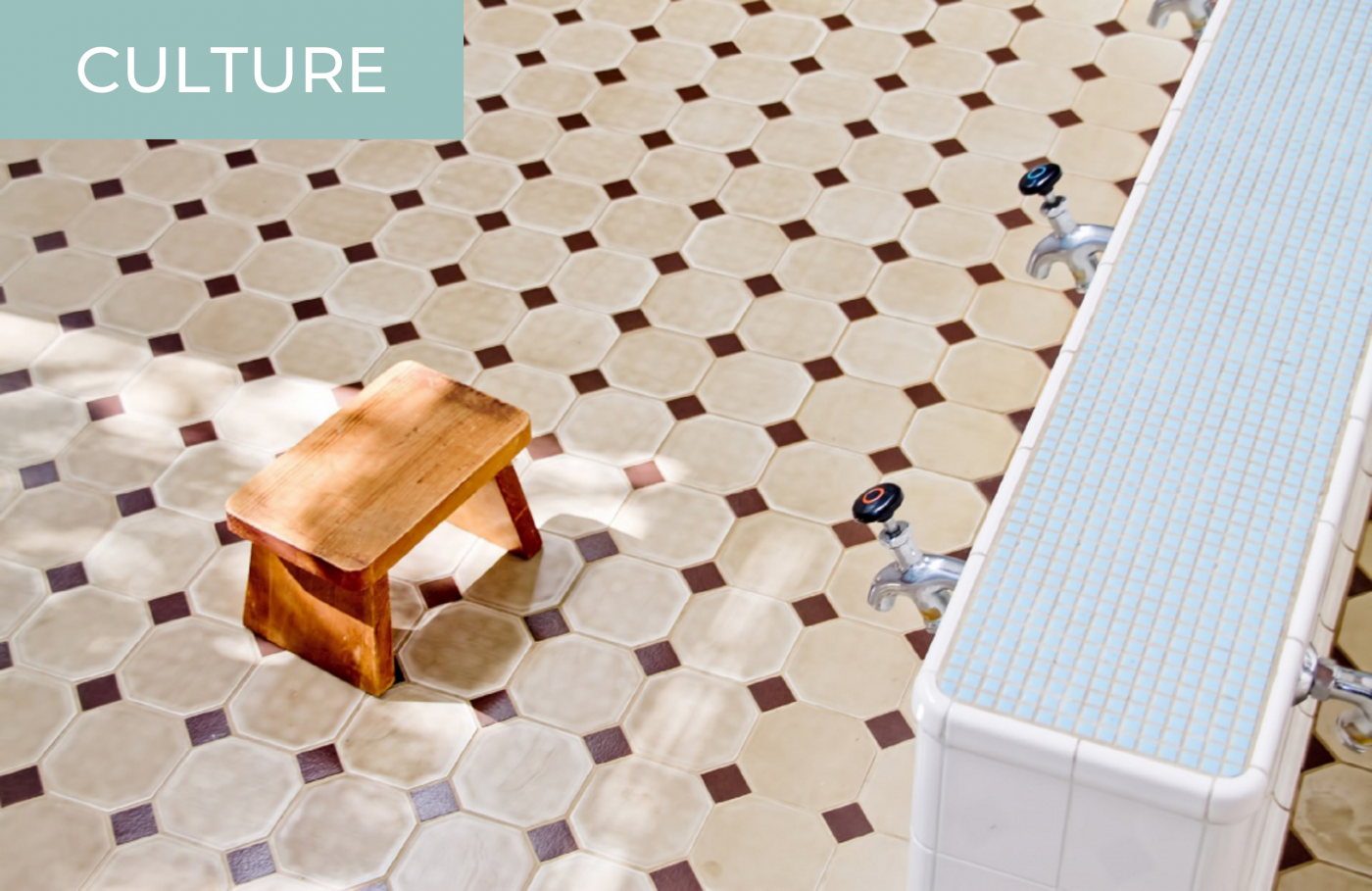“Do you prefer taking a shower or a bath?”
If you have the opportunity to communicate with Japanese people, this question might pop up during conversation. Japanese people’s curiosity towards foreigners’ habits in the matter can be surprising at first.
The fact is bathing is an important part of the Japanese way of life. Taking a bath is an essential moment in the Japanese everyday routine: after eating dinner, the average Japanese person will first take a bath and then go to sleep. If you wish to live your Japanese experience to the fullest, then bathing in Japan is definitely a must-do.
The Difference between Public Bath and Onsen
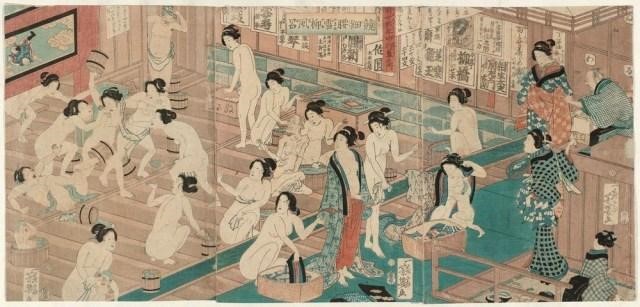
Japan’s love story with bathing is extremely old: bathing habits are said to have started as early as 700 B.C. in one of the numerous hot springs of the volcanic archipelago. Today, Japanese people still enjoy natural hot springs, called onsen in Japanese. Even if some onsen establishments can be found in the Tokyo area, for Japanese people, they are often a good excuse for a weekend escapade to the countryside and staying in a nice and pricey Japanese-style inn. Many of them will even be equipped with a rotenburo, an outdoor-style bath from which you can admire the surrounding nature or a nicely arranged Japanese garden. Such hot springs are often said to have medicinal or beauty properties according to their water composition.
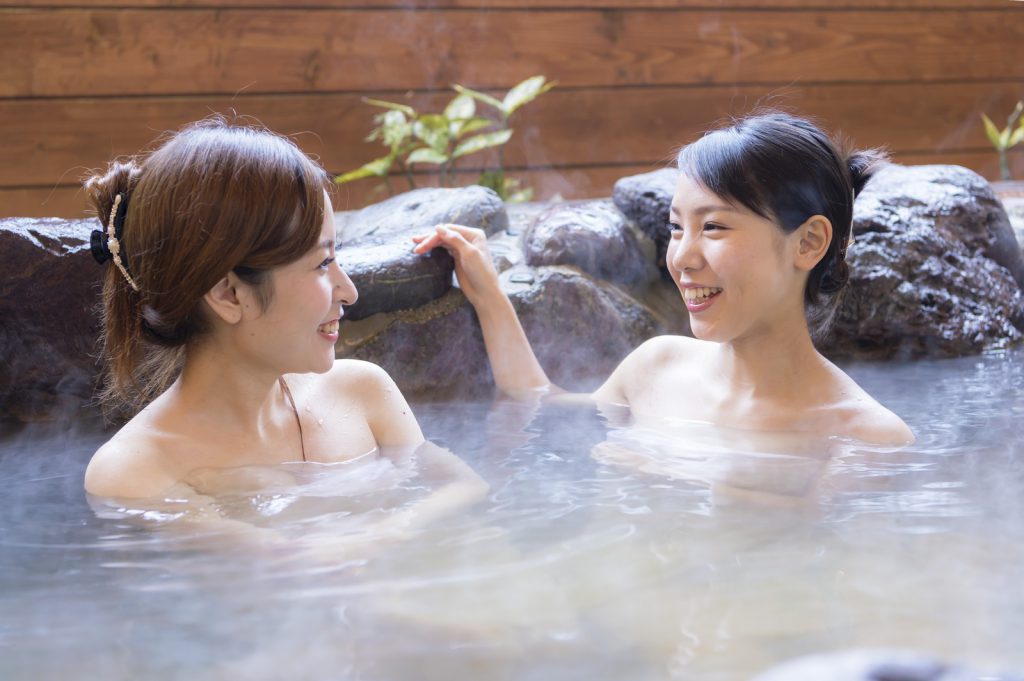
Before most houses had fully equipped bathrooms, Japanese citizens would go to the public baths, called sento. These have existed for over 400 years; during the 16th century, it was even a place for social gatherings. This spirit can still be felt today as people going to the sento will often talk to each other while relaxing. Sadly, as most people are now equipped with bathtubs, public baths tend to disappear and only the beautifully painted or historical ones manage to survive.
How It Works
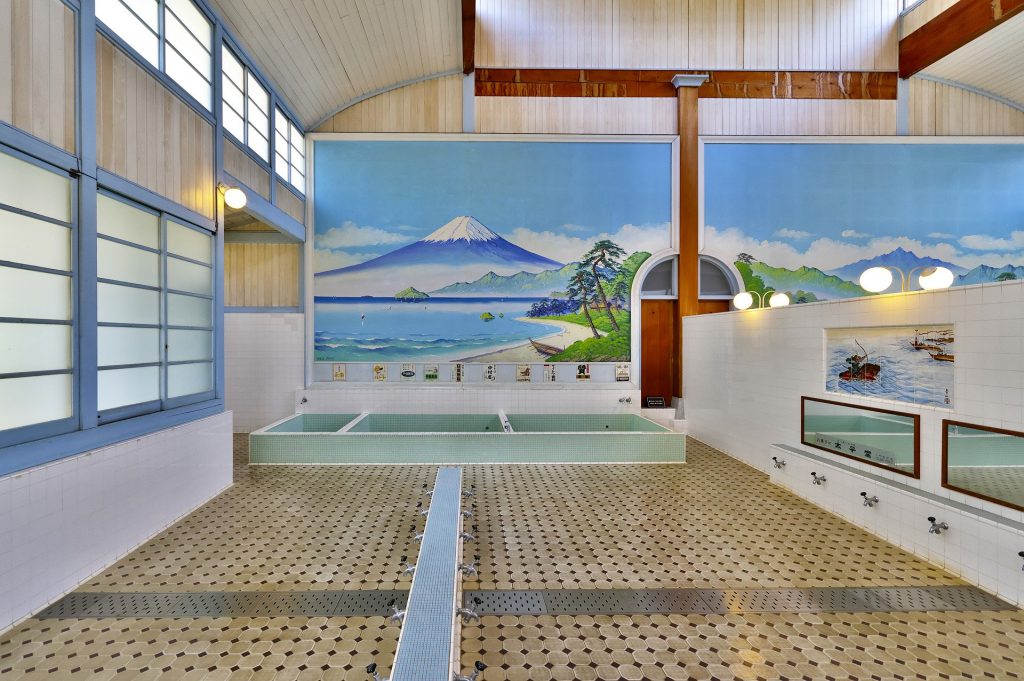
Due to tattoos being associated with the local gangsters, most establishments will not accept tattooed people on the premises. If you have a tattoo, you may want to check the website Tattoo Friendly that has a great list of onsen and sento opened to tattooed people.
If you are going to the sento or to an onsen for the day, the first thing you’ll have to do is take off your shoes. Depending on the place, you may have to store them in small coin lockers (make sure to have 100-yen coins with you). But don’t worry, you’ll get the coin back when you retrieve your shoes after bathing.
Then you need to purchase a ticket at the entrance. Most places are now equipped with vending machines, while at others, you’ll have to pay at the front desk. If the machine is in Japanese only, don’t hesitate to get help from the clerk. Except the entrance fee, other options can be bought such as rental towels or single-use razors.
Either way, you’ll have to exchange your ticket(s) at the desk, where you will be given a key to a locker with a strap to put around your wrist or your ankle. Then, make sure to choose the correct entrance to the changing room. The entrance to the men’s bath is usually marked with a blue noren, and the one for women by a red noren, but it’s not always the case. Make sure to remember the respective kanji (see picture below).
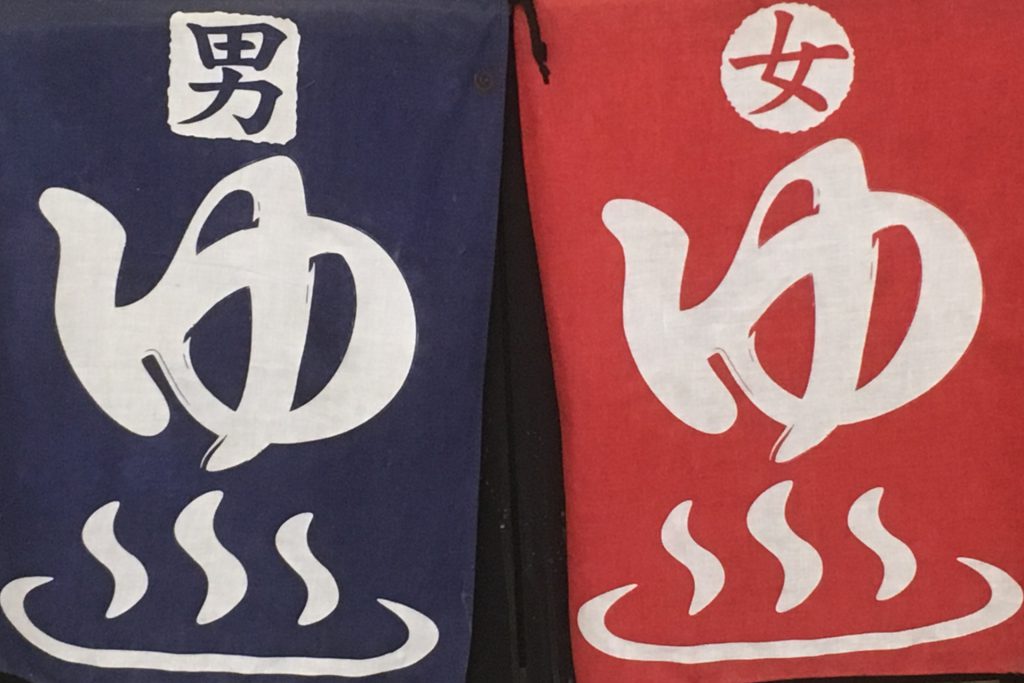
Once in the changing room, the adventure begins. Find your locker and undress completely. Leave all your belongings there except your towels. If you didn’t know it yet, swimsuits are not allowed for bathing and you have to be completely naked. If you’re not used to it in your culture, you will probably feel shy and embarrassed, as I did the very first time I visited an onsen. However, you’ll soon realize nobody cares about looking at you! People just walk around and act as if it is the most natural thing to do—because it is to them! After 10 minutes inside, you’ll probably see your embarrassment fly away.
The Rules for Japanese Baths
The following rules apply to sento and onsen, as well as Japanese bathrooms if you are staying at a guest house or doing a homestay.
1) As I stated earlier, swimsuits and underwear are not allowed: you must undress completely in the changing area before entering the bath.
2) You can use your towel to cover your body outside the bath, but you are not allowed to bring it in the water. However, you can imitate many Japanese people and put a small wet towel on top of your head to help you bear the heat of the bath.
3) The most important point: you must use the showers to clean your body and hair before entering the bath! Japanese baths are a shared space made to relax, not to wash yourself.

4) To do so, sit on the stool in front of the showers (don’t stand up). Do not keep the water flowing while scrubbing yourself. Most establishments also provide small buckets to rinse yourself more easily; just be mindful of the fellow bathers around you!
5) Make sure to pat yourself dry before going back to the changing room.
6) If you are not at a sento or onsen but staying with a Japanese family, please do not empty the bath before you leave! Japanese people are very careful not to waste water: the same bath water will be kept hot and used by all family members.
The Yuzu Bath
Surprisingly, bubble bath soap is hard to find in Japan. Yet, there are plenty of bath salts, sometimes imitating onsen properties, that you can put in your bath. They are easy to purchase in drugstores and make great souvenirs.
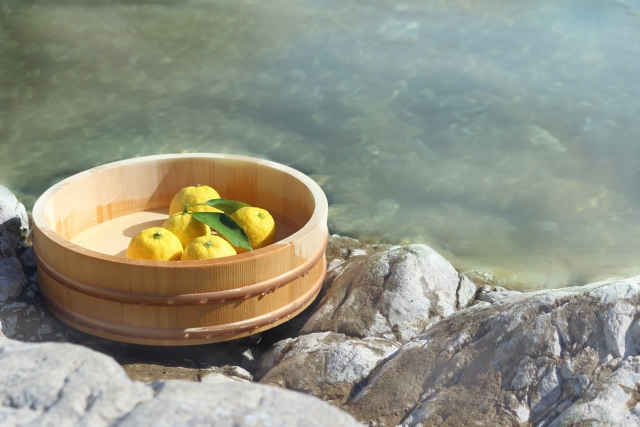
Another popular thing to put in the bath is yuzu. Yuzu is a small citrus fruit famous overseas for its use in Japanese cuisine seasonings. Japanese people have a habit of putting yuzu in the bath on the day of the winter solstice. Onsen and public bathhouses do it, too. It is said to be relaxing (thanks to its powerful aroma), good for the skin, and guards against the cold.
The Health Benefits of Bathing

The Japanese habit of bathing before going to sleep has many qualities that you can take advantage of as a tourist in Japan.
First, it will help you cope with travel stress and anxiety. Neil Morris, a psychologist at the University of Wolverhampton, did a study about bathing in 2002. He found out that bathing every day before going to sleep increased the optimism of his subjects. According to him, taking a bath is a good way to stop the time in our hectic lives, while the bath and hot water give us a womb-like isolation and comfort.
Bathing will also give you physical relief after a long day of sightseeing! Bathing in hot water will increase your circulation, the pressure of the water will relieve your organs, and your body will expel lactic acid more easily, which will relax your muscles and decrease your body aches.
Heating yourself up will also trick your body into cooling down, which helps in falling asleep fast. A gentle and natural way to fight jet lag!

